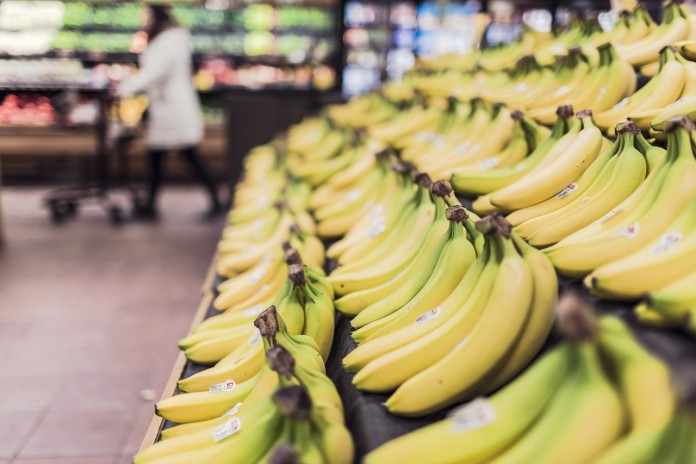As the food industry continues to consolidate into fewer, bigger players, the price risk it once hedged in Chicago and New York futures markets is being pushed back onto the very farmers and ranchers it buys from.
The reason is simple
The Big Boys have the market power to do it.
After decades of Big Ag’s talk about how farmers and ranchers needed to become part of an industrial “supply chain,” so many are, in fact, now linked to that chain that local and regional cash markets — where sellers and buyers meet to establish prices — are becoming extinct. That’s the problem with chained producers: There just isn’t enough un-chained production left to ensure transparent markets.
The Wall Street Journal highlighted this change in an Aug. 16 story, Welcome to the ‘Meat Casino’! The Cattle Futures Market Descends Into Chaos. The key problem, it explained, is that the “trading of physical cattle has become so scant that the futures market can’t get the signals it needs to set prices.”
American cowboys aren’t the only ones to see their markets shot out from under them. On Aug. 29, the Journal published another eulogy of sorts for orange juice futures, the decades-long poster child for the high-risk world of commodity futures trading.
Today’s thin OJ trading — it’s down by more than two-thirds since 1997 — means that there “are too few (trades) to be of much use to producers or buyers hoping to hedge their exposure” in the market, noted the article.
The same goes for Chicago’s famous pork belly futures. As Big Meat extended its reach all the way down to the farm through either direct ownership or contract production, meatpackers stopped trading pork belly futures. They stopped because they didn’t need to; they already owned the contracted hog and its price was locked in at birth.
Belly futures died shortly thereafter, in July 2011.
Small cash market
A similar change has been underway in the cattle market for more than a decade. In 2005, explained the Journal, about 60 percent of all cattle sold in the U.S. were sold in cash markets. The remainder was sold through either forward contracts, “formula” prices (with a cash price as the basis of the “formula”) or a “negotiated grid price.”
Today, cash markets are less than 25 percent of all sales while formula-priced cattle are now more than 50 percent.
The other two sales mechanisms, grid and forward contracts, haven’t grown as much as formula pricing but continue to be used. That means over 75 percent of all U.S. cattle sales are now made outside any observable “cash” market. That also means that hardly anyone in the marketplace — excluding the big meatpackers who developed and use the “formula,” grid, and forward contracting methods — has any idea what the value of any animal is because there’s no cash market big enough anywhere on any day of any week for anyone to find out.
Now what?
So how do cattlemen know what’s a fair price when they sell cattle? “We call the one or two packers in our region,” a South Dakota cattle-feeding friend related in an Aug. 30 telephone interview, “and we take what they give us. Then we start crying.”
What else can they do? With no working cash markets anywhere, there can be no workable futures contracts elsewhere. Thus the CME Group Inc.’s (the former Chicago Mercantile Exchange) likely exit from the cattle futures business. It’s just too risky — too “thin” — without any cash market underpinning it for even the wildest speculator to trade it.
That departure, however, virtually guarantees that independent cattlemen will be even more at the mercy of Big Meat. How, after all, can the big meatpackers determine what to pay for their formula-, contract- and grid-purchased cattle if there’s neither a cash nor futures market to set the price?
Oh, says my South Dakota friend, “They’ll do what they’ve been doing for the last coupla’ of years; they’ll just make it up.”














